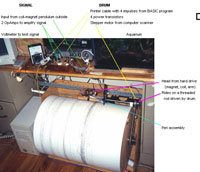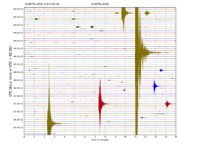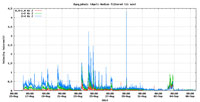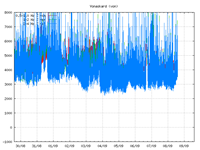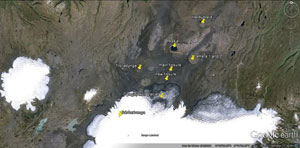This especially applies to Burre's live feed, but good manners are welcome everywhere.
- All the people in the chat who answer questions are volunteers. Please be respectful of their time and appreciate their efforts
- While there is no such thing as a stupid question, please check this FAQ and see if your question has been answered before asking in chat.
- Please don't use the chat as a substitute for checking the news yourself.
- You'll have to look elsewhere for Doom porn.
Special note: Over the last few days there have been some complaints posted to the Facebook page about chat, and some have gone to one chat to complain about another.
This is rude. Please don't do it!
If you are not happy with the chat on a livestream, find another. For the most part, these streams are posted by volunteers and fellow enthusiasts, and each has its own rules.
Let's repeat that. For the most part, these streams are posted by volunteers and fellow enthusiasts. They don't get paid to do it and they aren't making money from it. They are under no obligation to change the chat to suit you. People in the chat are not obligated to talk about the things you want to talk about, nor are they under any obligation to answer your questions, especially if the question has already been answered in the FAQ
The reason this FAQ recommends Burre's livestream is because the people who helped create this FAQ can be found there. Burre doesn't get paid for livestream and he doesn't solicit donations. (It is true that people have donated pizza money to him as a thank-you for his efforts, you might consider doing the same for any volunteer). More livestreams are listed on the Facebook page, and more are being made every day, so there is bound to be a chat you like somewhere.
